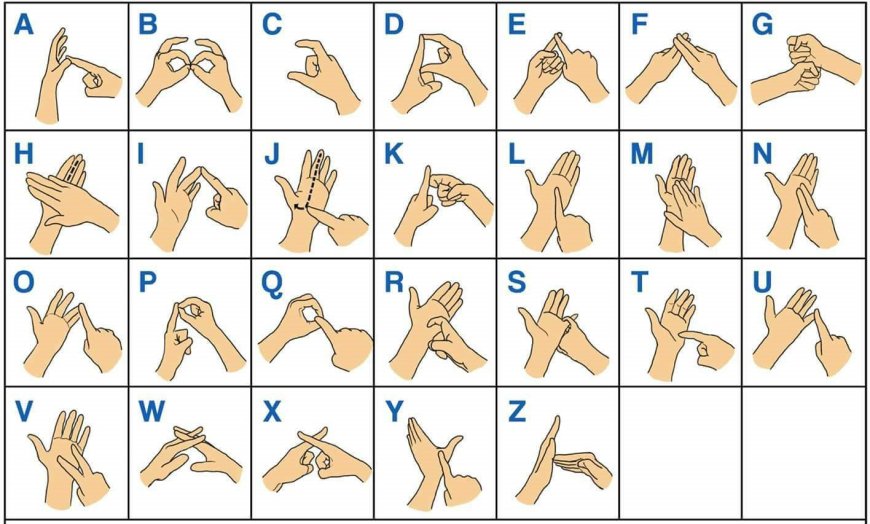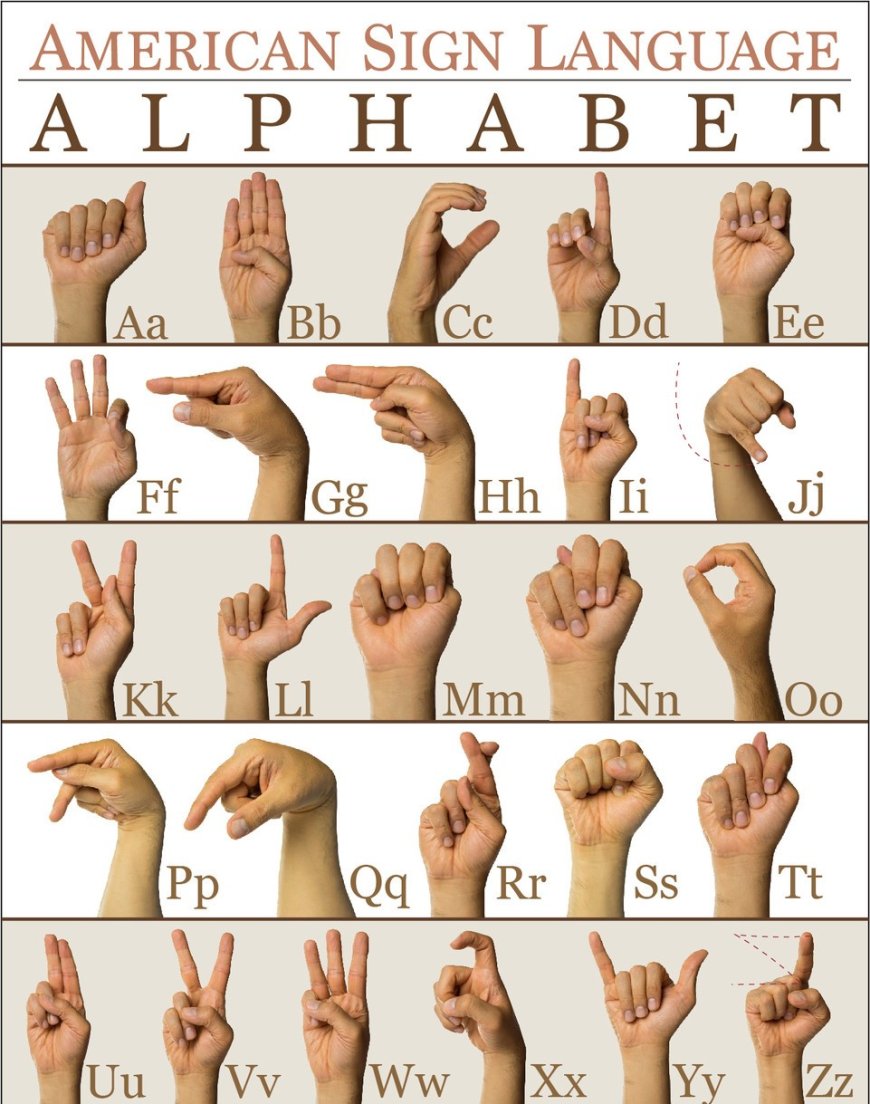Understanding the Sign Language Alphabet
Explore the essentials of sign language alphabets, from ASL's one-handed system to BSL's two-handed approach, and their global variations for inclusive communication.
Introduction
The sign language alphabet, also known as the fingerspelling alphabet, is an essential aspect of many sign languages around the world. It allows users to spell out words, letter by letter, using specific hand shapes to represent each letter of the written alphabet. This method of communication is crucial for spelling names, technical terms, and words that may not have established signs.
The American Sign Language (ASL) Alphabet
American Sign Language (ASL), widely used in the United States and parts of Canada, utilizes a one-handed alphabet. Each letter in ASL corresponds to a distinct hand shape, making it efficient and relatively easy to learn. The ASL alphabet is often used to spell out proper nouns, acronyms, or words that don’t have a predefined sign.
The British Sign Language (BSL) Alphabet
In contrast, British Sign Language (BSL) employs a two-handed alphabet. This variation makes BSL unique, as both hands are required to sign each letter. While this may appear more complex at first, BSL users find it just as effective in spelling out words when needed.
Sign Language Alphabets Around the World
Many countries have their own sign languages, each with its own fingerspelling alphabet. For example, French Sign Language (LSF) and Japanese Sign Language (JSL) have their own unique alphabets. The alphabets are adapted to suit the linguistic and cultural needs of the countries in which they are used.
The Importance of Learning the Sign Language Alphabet
Mastering the sign language alphabet is often the first step in learning a sign language. It’s a key tool for communication, especially when signing proper names or new vocabulary. Additionally, knowing the alphabet can help bridge the gap between spoken and signed languages, making communication more inclusive.
Conclusion
The sign language alphabet serves as a bridge between the deaf and hearing communities, enabling better communication and understanding. Whether using ASL’s one-handed system, BSL’s two-handed alphabet, or another sign language system from around the world, learning the alphabet is a fundamental step toward becoming proficient in any sign language.
By understanding the nuances and variations in different sign language alphabets, we can appreciate the diversity of these languages and their importance in fostering inclusion and accessibility in our global society.
FAQ: Sign Language Alphabet
1. What is the sign language alphabet?
The sign language alphabet is a set of hand shapes used to represent letters in spoken languages. It is commonly used for spelling names, places, or words without their own signs.
2. Is the sign language alphabet the same worldwide?
No, different sign languages have their own unique alphabets. For example, American Sign Language (ASL) uses a one-handed alphabet, while British Sign Language (BSL) uses a two-handed system.
3. What is fingerspelling in sign language?
Fingerspelling is the practice of spelling out words letter by letter using the hand shapes of the sign language alphabet. It's typically used for proper nouns or unfamiliar words.
4. Why is learning the sign language alphabet important?
Learning the sign language alphabet is crucial for effective communication in sign language. It helps when signing unfamiliar words or names and is often a starting point for beginners.
5. Is ASL’s alphabet different from BSL’s alphabet?
Yes, ASL uses a one-handed alphabet, whereas BSL employs a two-handed alphabet, making them distinct from each other.
6. Can I use fingerspelling to communicate entire conversations?
While possible, fingerspelling entire conversations would be slow and inefficient. It's mainly used to spell out names, places, or words that don’t have a specific sign.
7. How can I practice the sign language alphabet?
You can practice by using flashcards, signing in front of a mirror, or using apps that teach sign language and fingerspelling.
8. Are there apps available to help learn the sign language alphabet?
Yes, there are many apps available, like Lingvano and Start ASL, that offer lessons and practice tools for learning the sign language alphabet.
9. Can children learn the sign language alphabet?
Yes, children can learn the sign language alphabet, and it’s often easier for them due to their adaptability and ability to absorb new languages quickly.
10. Is the sign language alphabet the same as braille?
No, the sign language alphabet involves visual hand shapes, while braille is a tactile writing system used by people who are visually impaired.
What's Your Reaction?










































